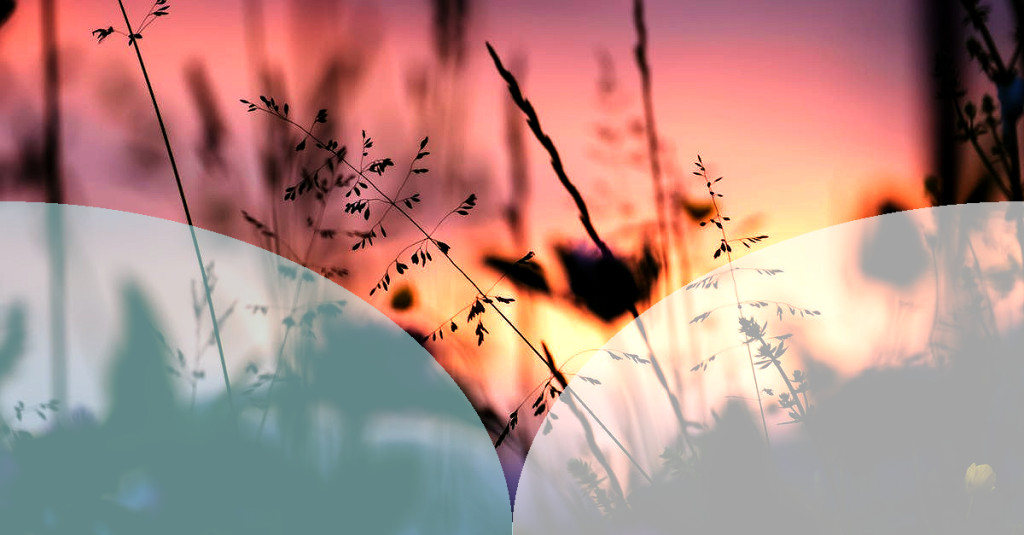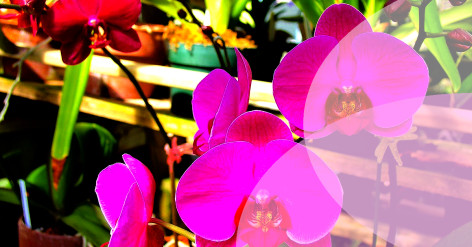How to Mulch Your Garden: The Dos and Don'ts

Understanding The Multifaceted World of Mulching

Mulching is a crucial element to maintain a healthy garden, but it is often overlooked. This post will delve into the dos and don'ts of mulching, and how you can leverage this gardening technique to nurture your plants and improve your garden's overall aesthetics. So strap in and let's jump into the wonderful world of mulching!
[TOC]
The Dos: Mulching Techniques to Ensure a Healthy Garden
Before we dive into the nitty-gritty of mulching, it is crucial to understand exactly what mulching is, and why it is essential for your garden. In a nutshell, mulching involves the addition of organic or inorganic materials on top of the soil as a protective layer.
Mulch serves several purposes such as:
- Retaining soil moisture
- Suppressing weed growth
- Regulating soil temperature
- Enriching the soil with nutrients (if using organic mulch)
- Enhancing garden aesthetics
Some popular organic mulching materials include wood chips, shredded leaves, grass clippings, and compost. Inorganic options can include gravel, pebbles, and landscape fabric.
Now that the basics are covered, let's explore the dos and don'ts of mulching to make sure your garden always looks its best!
1. Choose the Right Mulch Material
2. Time Your Mulching Right
Not all mulch materials are suitable for every garden. Analyze your garden's specific needs and choose a mulch material that best suits your plants and climate. For instance, consider the following options:
- Wood chips or bark: Ideal for trees and shrubs, but avoid placing them too close to the trunk!
- Shredded leaves: Excellent for vegetable gardens, provide ample nutrients, and support earthworms.
- Grass clippings: Best for placing around fruit trees, but make sure to seed-free and pesticide-free.
- Gravel or pebbles: Useful for garden pathways and areas without delicate plants. They don't add nutrients, but they are incredibly low-maintenance.
For more information on choosing the right mulch for your garden, check out this helpful article by Better Homes & Gardens.
3. Apply the Correct Amount
Timing is crucial for optimal mulching benefits. Mulch your garden in late spring or early summer when the soil temperature has warmed up. This allows the mulch to trap in the moisture and regulate the temperature during the warm months effectively. For winter protection, mulch after the first hard frost.
Related articles
The Don'ts: Mulching Mistakes to Avoid
The amount of mulch you apply is essential for providing the right level of protection and moisture retention. For organic materials, aim for a layer of 2-4 inches in depth. Inorganic materials, such as gravel, should be approximately 2 inches deep. Remember, less is more; over-mulching can cause root rot and pest issues.
1. Don't Leave Bare Spots
2. Avoid Using Fresh Grass Clippings
Leaving bare spots in your mulched garden areas will likely result in increased weed growth and inconsistent moisture levels. Make sure that you spread the mulch evenly throughout the garden, going up to about an inch from the stems of your plants.
3. Don't Use Old Mulch Without Turning It Over
Fresh grass clippings can cause a foul smell and produce excess heat, which could harm your plants. Allow grass clippings to dry for a day or two before using them as mulch.
Stepping up Your Mulching Game: The Final Word
Old mulch can form a thick, water-repellent layer that prevents water from reaching your plants' roots. Turn over the old mulch with a spade or fork to break up the layer and refresh the mulch bed.
When applied correctly, mulching can contribute significantly to the overall health, beauty, and reduced maintenance of your garden. By adhering to these dos and don'ts, you will be well on your way to mastering the art of mulching, and your plants will thank you for the extra love! For additional gardening tips and insights, visit Gardening Know How for a wealth of resources on making your garden the best it can be. Happy mulching!





